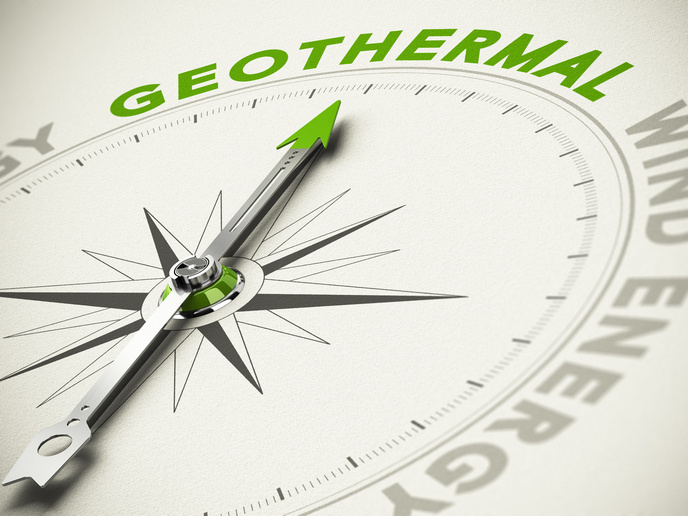Cutting harmful emissions from biomass combustion
In the face of Europe′s increasing dependency on fossil fuels, using biomass is an alternative way of ensuring security of supply and sustainable energy. Biomass combustion is a relatively cheap fuel source, particularly when residues and by-products such as straw and sawdust are burned. Energy crops are another inexpensive fuel source and include switchgrass, poplar and willow, all grown to create feedstock. Disadvantages, however, include more air pollution than conventional heating fuels despite recent advances in combustion technology. Aiming to investigate how to reduce the release of ash-forming compounds, the ′Ash and aerosol related problems in biomass combustion and co-firing′ (Bioash) project researched fixed-bed and pulverised fuel systems. Project researchers also looked at co-firing, the process where part of the fossil fuel supply is replaced with a carbon-lean renewable alternative. Bioash focused on developing new technology for cost-effective and efficient aerosol deposition in small-scale biomass combustion units. Computer-aided simulation tools were improved for advanced models to predict aerosol (sub-micron particles) and deposit formation from data on release behaviour of ash-forming elements from the fuel. One of the primary lines of research involved the effects of emissions on human health. Researchers quantified the release of aerosol-forming elements such as potassium, sodium, sulphur, zinc and lead, commonly found in biomass. Short-term toxicity tests on particulate emissions from biomass combustion and co-firing were compared with those of coal combustion and traffic exhaust. Project scientists developed a user-friendly deposit formation prediction tool for industry′s stakeholders including boiler manufacturers and engineering companies with an interest in efficient boiler and furnace design. Furthermore, a newly developed aerosol condenser heat exchanger was tested to investigate the possibility of reducing aerosol emissions. The principle behind this innovation is the condensation of aerosol-forming vapours on heat exchanger surfaces. In some European countries, biomass combustion occupies a significant portion of renewable energy production. Bioash research promises to clean up emissions and increase efficiency of this alternative to fossil fuel consumption.







